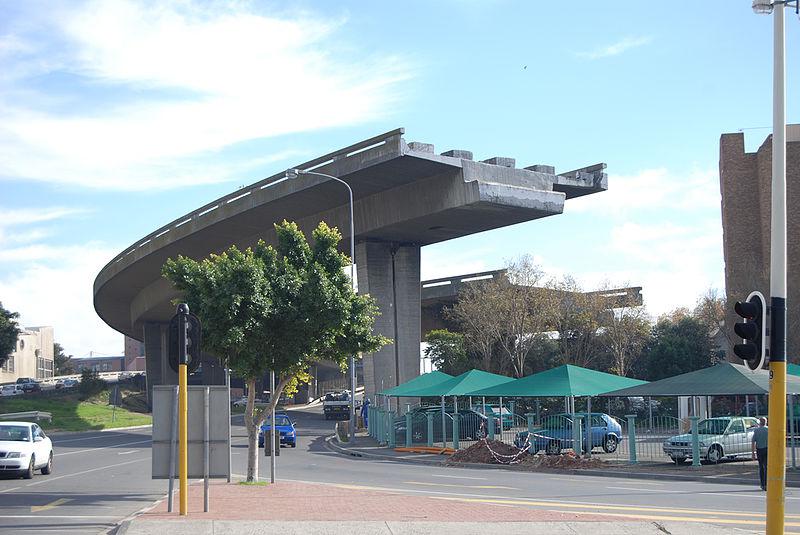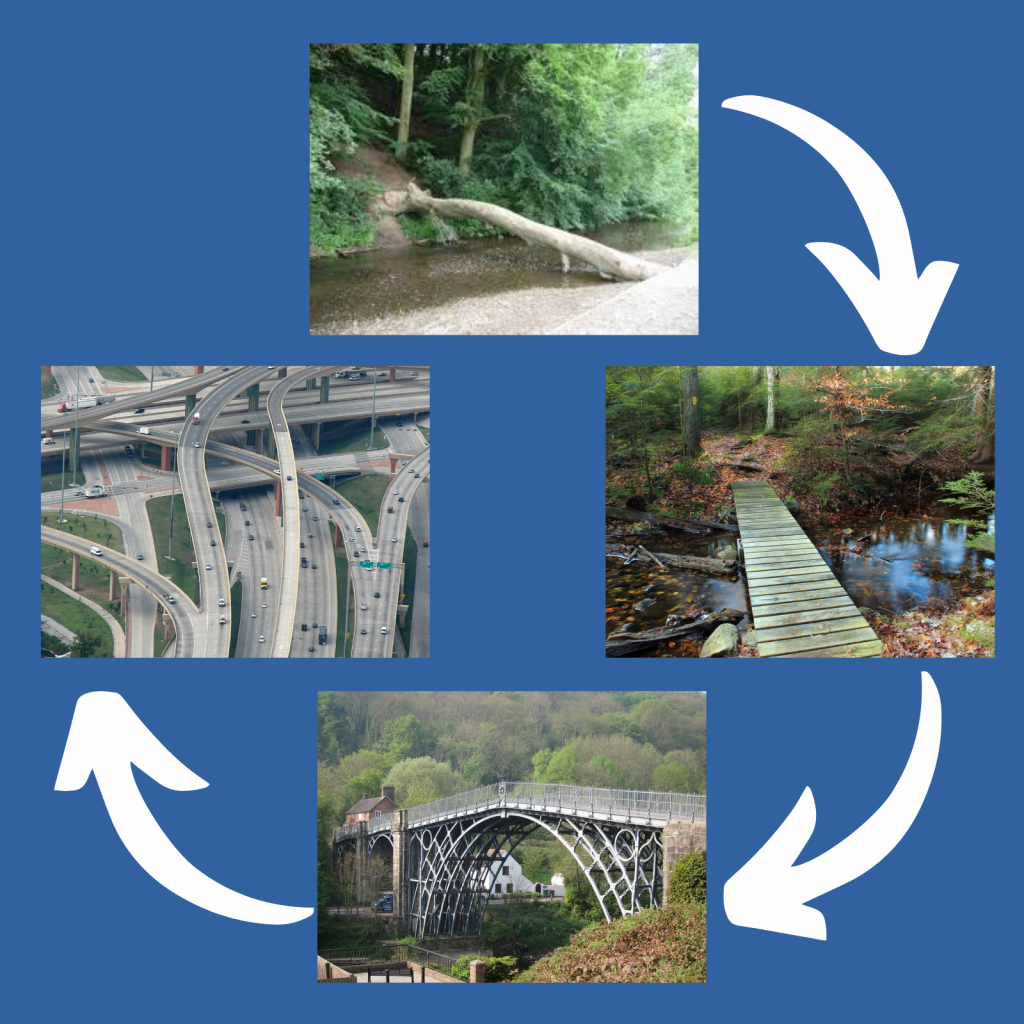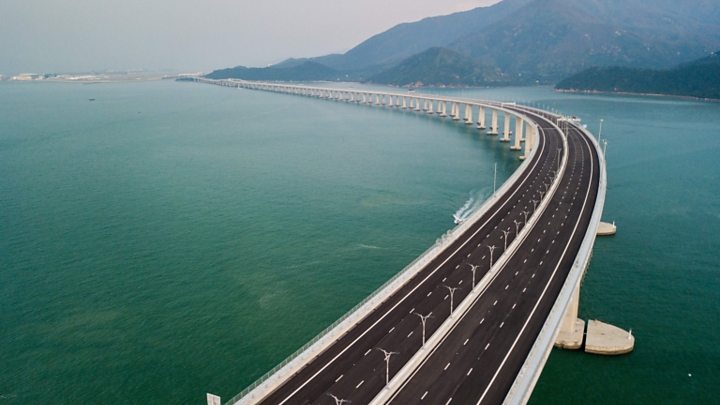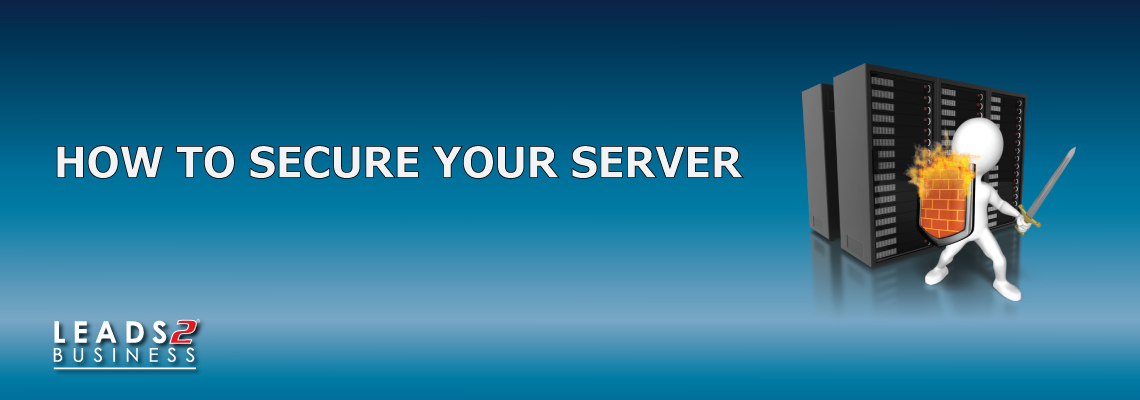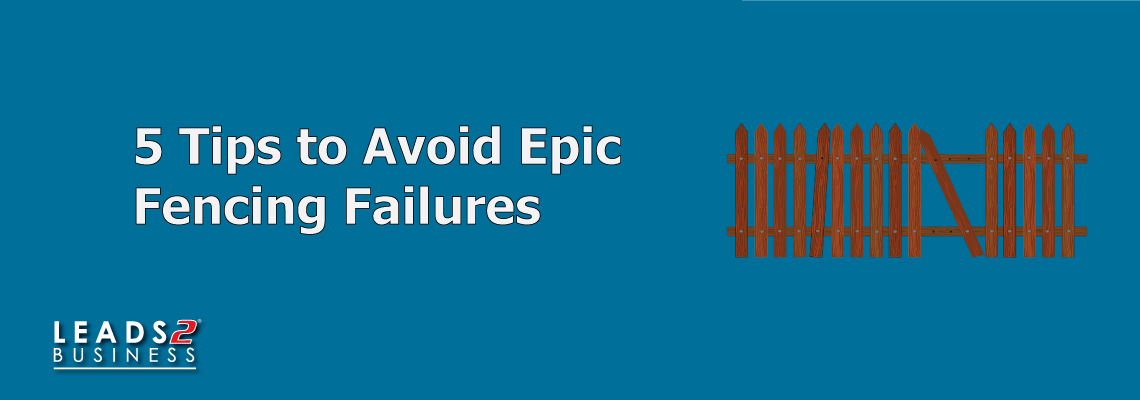
The best way to treat pests is prevention before construction, rather than managing a problem that arises after your building has been standing a while when prevailing conditions could result in an open invitation to pests. This may pose the threat of them making a home within your building, or neighbouring buildings. The damage that little critters cause, without one even being aware there is a problem, is substantial. Infestations can prove more costly to eradicate than preventative solutions. There are ways and means to avoid the unwanted attention of pests throughout the construction process, but the bottom line is to build pest control into your construction plans as early as possible.
See below for a 4 step strategy for successful pest control.
1. To establish the best pest prevention methods it will be vital to establish the following:
What kinds of pests pose threats in the area of the site and how high risk do they pose (types and numbers)
What routes might pests use to enter the building
How the building is constructed (to avoid high humidity, accumulation of water, or contact between timber and soil)
What materials are being used in construction such as timber and other permeable building materials, opting rather for impermeable materials such as brick, stone, concrete, and steel
2. Assess the risk of pests in the site location:
Monitoring – To assess types and numbers. Monitoring could be in the form of traps, inspections, and sampling or visual counts to assess the patterns of pests in the area. Monitoring can be done continuously through all stages of construction and as a management tool post-construction
Water Sources – What nearby water sources are there such as ponds and lakes which could pose a threat as pests will locate their nests close to water sources.
Grading – If your property is not appropriately levelled or graded, water may pool in areas of the site, attracting termites, mosquitoes, and other pests.
3. Formulate an adequate plan to prevent and manage pests:
The plan should not be an isolated pest control method but rather a combination of a number of control methods based on various factors and the information obtained through the above assessments, together with ongoing monitoring and reports.
Control methods to remove pests include:
Non-chemical
Pest trapping
Heat/cold treatment
Physical removal
Chemical
Pesticide application – a chemical treatment helps to form a protective barrier against later infestations
Control methods to avoid the influx or return of unwanted pests:
Training of construction workers, and the staff who will later occupy the building in the importance of sanitation and pesticide safety. Unhygienic practices and conditions will encourage the inhabitation or re-inhabitation of pests.
Inspection of all building materials that enter the site during construction
Reducing debris and clutter around buildings, the removal of litter and overgrown vegetation, and keeping planting away from the perimeter of the building will all discourage pests from settling
Sealing areas where pests enter the building
Installing traps, pest barriers and repellents
Maintaining clean dining and food storage areas
4. Documenting pest control actions is helpful in the evaluation of the success of your plan:
Record of each pest control method, including pesticide applications
Evidence that non-chemical control methods were considered and implemented where possible, due to the toxicity levels of pesticides.
Recommendations for preventing future pest infestations
Finally, to ensure continued pest prevention and control, it is advisable to work with a pest management professional on a regular basis and to keep your prevention and management plan relevant and current. Why not search the Leads 2 Business Directory for Pest Control and Management service providers?
Sources:
Hobby Farms
Pest
Nedcc
China Preservation Tutorial
Cycreek Pest Control
EPA
If you are interested in becoming one of our subscribers, please visit Leads 2 Business.
To view notes with screenshots on how to use our website, please visit Leads 2 Business Wiki.
To view more Articles, please visit our Leads 2 Business Blog.






